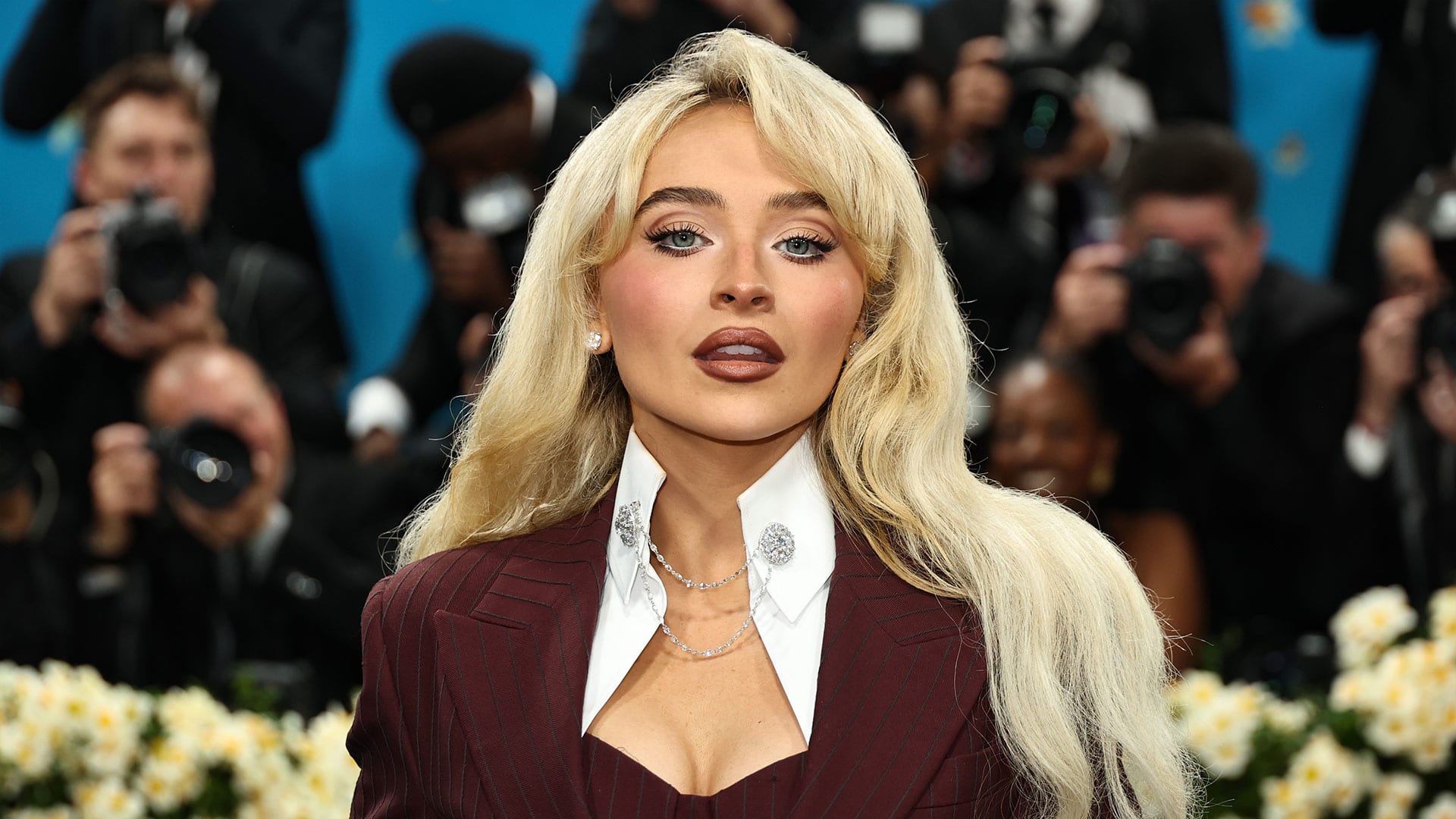#cultural-criticism
#cultural-criticism
[ follow ]
#social-media #music-criticism #politics #sabrina-carpenter #pop-culture #public-art #political-commentary
fromThe New Yorker
2 months agoArt in the Age of Artificial Intelligence
Generative A.I., once an uncanny novelty, is now being used to create not only images and videos but entire "artists." Its boosters claim that the technology is merely a tool to facilitate human creativity; the major use cases we've seen thus far-and the money being poured into these projects-tell a different story. On this episode of Critics at Large, Vinson Cunningham, Naomi Fry, and Alexandra Schwartz discuss the output of Timbaland's A.I. rapper TaTa Taktumi and the synthetic actress Tilly Norwood.
Music
fromThe Atlantic
2 months agoThe Forces Changing Music and Film Criticism
I was never under the illusion that I'd become the next Lester Bangs, but now, as institutional support declines, I'm starting to wonder whether there will ever be another Lester Bangs. What about another Roger Ebert, Manohla Dargis, or Pauline Kael? Who's drafting the blueprint for what cultural criticism might look like in the future? And are new modes of commentary diluting or enriching the form?
Arts
fromThe Atlantic
2 months agoThe Future of Professional Criticism Looks Something Like This
The video-which Tranter later took down-seemed like yet another sign that the art of reviewing the arts was in a strange state. This year has been grim for criticism: The Associated Press stopped reviewing books; Vanity Fair winnowed its critical staff; The New York Times reassigned veteran critics to other jobs; and Chicago-the city of Roger Ebert and Gene Siskel-lost its only remaining full-time print-media movie reviewer when the Chicago Tribune 's Michael Phillips took a buyout.
Arts
Film
fromwww.theguardian.com
4 months agoThe curious incident of the dog, the Hanover ballet and the everyday sexism we face as female arts critics | Arifa Akbar
Marco Goecke assaulted critic Wiebke Huster with dog excrement after a negative review, igniting international outrage and discussions on critical culture.
Books
fromFuncheap
5 months agoFree Author Talk: Elaine Castillo's New Novel (Mill Valley)
Moderation explores the intersection of real romance and the virtual workplace through Girlie Delmundo's transformative journey.
Elaine Castillo's novel combines satire of the tech industry with poignant themes of love and personal history.
fromwww.mercurynews.com
6 months agoEdmund White dies at 85; author of best-selling A Boy's Own Story' was a pioneer of gay literature
White was a pivotal figure in documenting the gay revolution, capturing the cultural landscape and struggles of the community through his diverse body of work.
NYC LGBT
Black Lives Matter
fromMadameNoire
6 months agoThe Times Square Statue Dares To Be An Ordinary Black Woman-And That's Exactly Why It's Under Attack [Op-Ed]
Grounded in the Stars challenges traditional representations of triumph through its depiction of a Black woman, but faced significant social backlash upon unveiling.
fromBuzzFeed
7 months agoThese Are The Most Cringeworthy Pop Culture Moments From 20 Years Ago That Aged Like Milk
The 2005 MTV Video Music Awards was hosted by Diddy. Any event with Diddy is already in bad taste now, but to make matters worst, the promotion for the ceremony also featured celebrities like Nicole Ritchie and Derek Jeter providing testimonials over how legendary Diddy's parties were. It could be worse: A few years before, at the 2003 VMAs, Diddy invited a 13-year-old to his afterparty. With recent allegations, it's all incredibly uncomfortable to watch.
Media industry
SF LGBT
fromAdvocate.com
7 months ago04/26/25
Rachel Campos-Duffy appears to coin a new antigay slur in a Fox News segment targeting Pete Buttigieg.
South Carolina's AG opposes a municipal ban on conversion therapy, citing religious freedom.
Advocates call for unification against rising authoritarianism, drawing on writings from LGBTQ+ icons.
[ Load more ]

